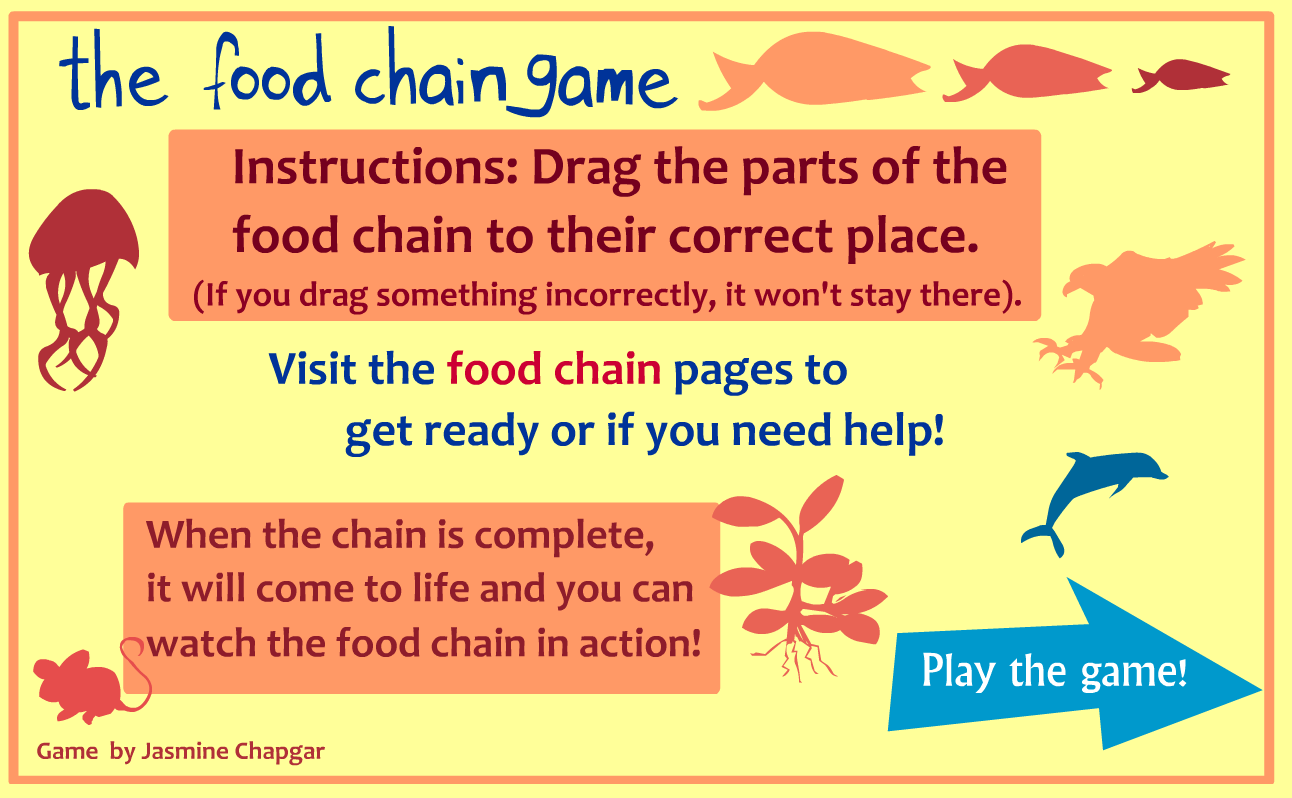Food Chain Definition Environmental Science

On average food chains include around five trophic levels.
Food chain definition environmental science. The definition of a food chain is a system where a small animal is the food for a larger animal which in turn is the food for an even larger animal. Plants which convert solar energy to food by photosynthesis are the primary food source. An example of food chain is a fly being eaten by a frog and then the frog is eaten by a larger animal.
Each of several hierarchical levels in an ecosystem comprising organisms that share the same function in the food chain and the same nutritional relationship to the primary sources of energy. Food chain in ecology the sequence of transfers of matter and energy in the form of food from organism to organism. Learn vocabulary terms and more with flashcards games and other study tools.
Those organisms which join with the food chain are termed as Trophic levels. The proper functioning of the food chain is crucial for healthy development of species on our planet. Start studying AP Environmental Science Food Chains and Food Webs.
Food chains intertwine locally into a food web because most organisms consume more than one type of animal or plant. Usually there are four trophic levels present in the ecosystem because level. Some invasive species were actually brought in as unsuccessful attempts to control other invasive species.
In a predator chain a plant-eating animal is eaten by a flesh-eating animal. The chain of organisms which involves transfer of energy from one trophic level to next trophic level is called as food chain. That is they can form one of the links in a food chain.
Food chain definition environmental science. Fōōd the sequence of the transfer of food energy from one organism to another in an ecological community. Food chain - ecology a community of organisms where each member is eaten in turn by another member.



















